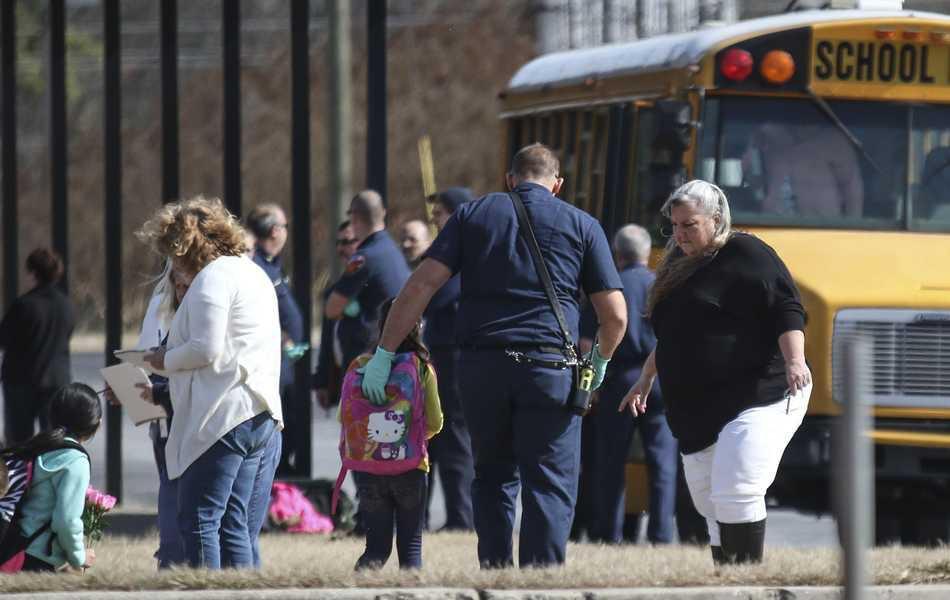Table of Contents
- Rising Pepper Spray Incidents Raise Safety Concerns Across Transit Networks
- Analyzing the Causes Behind the Increased Pepper Spray Deployments
- Impact on Commuter Experience and Public Health Implications
- Strategies for Enhancing Security and Preventing Future Pepper Spray Events
- Final Thoughts
Rising Pepper Spray Incidents Raise Safety Concerns Across Transit Networks
Public transportation systems nationwide are witnessing a troubling rise in incidents involving pepper spray, sparking widespread safety concerns among commuters and transit authorities alike. Reports indicate that these episodes often occur during peak travel hours, disrupting schedules and causing significant distress. Authorities are increasingly focused on addressing the underlying causes contributing to this surge, ranging from heightened tensions in crowded spaces to inadequate security measures on transit vehicles and platforms.
In response, transit agencies have implemented several immediate safety initiatives, including:
- Enhanced surveillance: Installation of additional CCTV cameras to monitor high-risk areas
- Increased personnel: Deployment of transit police and security officers during critical hours
- Public awareness campaigns: Encouraging passengers to report suspicious activities promptly
- Emergency response training: Equipping staff with skills to safely manage pepper spray incidents
Despite these measures, experts emphasize the need for continued vigilance and collaborative efforts between transit authorities, law enforcement, and community organizations to restore commuters’ confidence and ensure safer travel environments.
Analyzing the Causes Behind the Increased Pepper Spray Deployments
The recent spike in pepper spray incidents within public transportation networks can be traced to a combination of escalating tensions and systemic challenges. Increased commuter density, particularly during peak hours, has intensified conflicts among passengers, often turning minor disagreements into confrontations quickly. Additionally, the strain on transit security personnel has grown, leading to more frequent use of pepper spray devices as a rapid means of crowd control or de-escalation. The broader social environment, marked by rising anxiety and stress levels among urban populations, also plays a role in these volatile interactions.
Several underlying factors contribute notably to this trend, including:
- Overcrowding: Increased passenger load limits personal space, amplifying frustration.
- Insufficient Staffing: Reduced security staff leaves less room for conflict prevention.
- Heightened Passenger Vigilance: Rising fears regarding crime prompt quicker defensive reactions.
- Societal Stressors: Economic and social pressures exacerbate tensions on public transportation.
Impact on Commuter Experience and Public Health Implications
The recent spike in pepper spray incidents aboard buses and trains has significantly altered daily commutes for millions. Passengers report heightened anxiety and diminished feelings of safety, which contribute to a growing reluctance to use public transportation. Key impacts include:
- Disrupted travel plans due to sudden evacuations and service suspensions.
- Lingering irritants affecting air quality inside vehicles for hours after incidents.
- Increased operational costs related to deep-cleaning and system downtime.
Beyond commuter discomfort, the public health implications are alarming. Exposure to pepper spray can trigger severe respiratory distress, eye injuries, and skin irritation, especially among vulnerable populations like children, the elderly, and those with pre-existing health conditions. Medical facilities near transit hubs have reported a surge in visits directly linked to these exposures. Additionally, the psychological effects-such as trauma and stress-underscore the need for urgent intervention and preventive measures by transit authorities.
Strategies for Enhancing Security and Preventing Future Pepper Spray Events
Implementing a multifaceted approach is essential to curbing the rise of pepper spray incidents on public transit. Key measures include enhancing surveillance through high-definition cameras paired with real-time monitoring by transit security teams. This allows for swift detection and response to any suspicious behavior. Additionally, increasing the visible presence of trained security personnel on platforms and inside vehicles serves as both a deterrent and a means to quickly contain potential threats. Installing clear signage that educates passengers on reporting protocols can also empower commuters to act as vigilant witnesses.
Beyond physical security upgrades, transit authorities must invest in community outreach programs that promote awareness about the risks and consequences associated with pepper spray misuse. Collaboration with local law enforcement agencies ensures a streamlined legal process for offenders, reinforcing the seriousness of such acts. Moreover, integrating emergency communication systems that enable passengers to discreetly alert authorities during an incident can significantly reduce response times. Together, these proactive strategies form a comprehensive defense against future attacks, aiming to restore public confidence and safety in daily transit experiences.
Final Thoughts
As public transportation systems continue to see a rise in pepper spray incidents, authorities and transit agencies are urged to implement stronger safety measures and increase public awareness to protect passengers. Ongoing monitoring and swift response protocols will be crucial in addressing this growing concern and ensuring safer commuting environments for all.Check Our Other Blogs
- StunGun – Your Trusted Source for Stun Guns, Laws, and Self-Defense Tips
- PepperSprayLaws – Your Trusted Resource for Pepper Spray Information
- StunGunLaws – Your Trusted Guide to Stun Gun Legality and Safety




